Boost Plant Vibrancy: Discover the Magic of Epsom Salt for Healthier, More Colorful Blooms
Epsom salt serves as an advantageous additive for enhancing the vibrancy of flowers and promoting more robust blossoms in plants. This readily available organic choice includes magnesium and sulfur, key elements that aid in fostering plant development and vigor.
Once you dissolve Epsom salt in water and apply it to the soil, it aids plants in absorbing essential nutrients more effectively, resulting in healthier foliage and stronger overall plant vigor. Continue reading to discover the best times and methods for using Epsom salt on your plants.
What Is Epsom Salt?
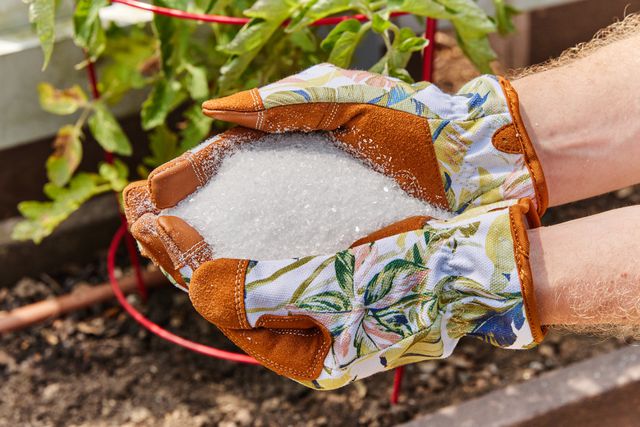
Epsom salt, also known as magnesium sulfate, is frequently utilized for therapeutic purposes. household benefits It isn’t a form of salt; rather, it’s a natural mineral compound made up of magnesium, sulfur, and oxygen. Epsom salt is frequently utilized in horticulture to enhance soil conditions and stimulate plant development.
Interested in getting more gardening advice? Subscribe to our free newsletter now! gardening newsletter For our top growth strategies, problem-solving tricks, and additional insights!
What Is the Purpose of Using Epsom Salt for Plants?
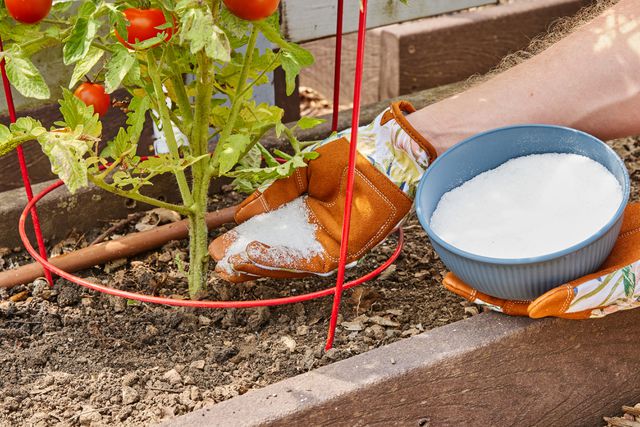
Applying Epsom salt to your plants provides multiple advantages. Due to its adaptability and efficiency, it serves as an essential component in various gardening applications. This substance supports robust seed sprouting, which leads to healthier plant development.
It serves numerous purposes, including boosting flower development, enhancing the uptake of nutrients, and encouraging the production of lusher leaves. Additionally, it acts as a natural deterrent for slugs and various pests, protecting plants from harm.
When to Use Epsom Salt
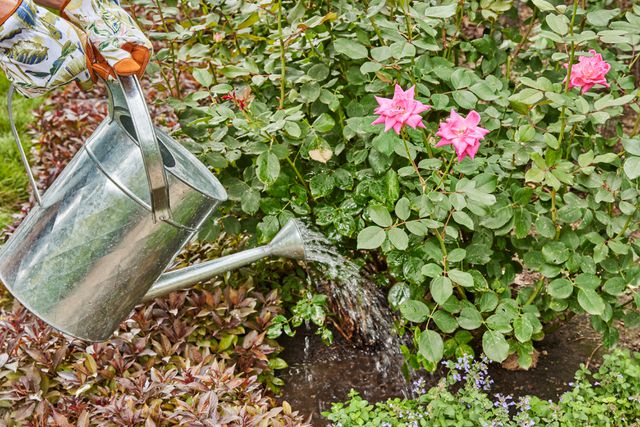
It’s crucial to know when to use Epsom salts on your plants for their best development and well-being. When you see signs like yellowing foliage or stunted growth, this indicates a good opportunity to think about incorporating Epsom salts into the soil and performing a soil test first to check for any nutrient shortages prior to application. Any modifications to your garden? Soil tests can inform you about your soil. soil's pH levels And nutrient levels, informing you about how much Epsom salt to apply.
Adding Epsom salt to the soil mixture offers instant advantages for recently planted young plants. The components of Epsom salt aid in robust root development and help avoid transplant stress. Applying a watered-down Epsom salt solution to these seedlings enhances their endurance and fosters better growth.
Ways to Utilize Epsom Salt in Your Garden
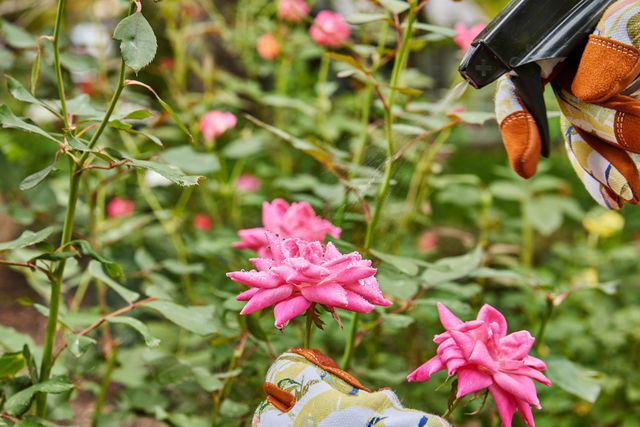
To use Epsom salt effectively in your garden, dilute one to two tablespoons of it in a gallon of water before watering your plants. The exact amount of Epsom salt required may differ depending on the
kind of plant you're addressing.
The weakened solution can be poured directly onto the earth surrounding the plant stems or misted over their leaves.
For optimal outcomes, use Epsom salts during the growing phase to foster robust development. Adhering to this approach will guarantee that your plants obtain essential nourishment, maintaining their well-being through the entire season.
Vegetables
For healthier growth of your vegetable plants, combine one tablespoon of Epsom salt with a gallon of water and apply this mixture at the roots of your plants biweekly throughout the growing period.
Tomatoes
When planting tomatoes Add one to two tablespoons of Epsom salt to the soil. Throughout the growing season, spray the foliage with a mixture of one tablespoon of Epsom salt per gallon of water every two weeks. healthier tomatoes .
Roses and Other Flowers
When caring for roses and other blooms, combine one tablespoon of Epsom salts with a gallon of water and apply this solution to the soil surrounding your plants biweekly to enhance their blossoming.
Shrubs
To help your shrubs become more robust, combine one tablespoon of Epsom salt with a gallon of water and apply this solution to the roots of your bushes every two to four weeks throughout the active growth period.
Houseplants
To maintain the health and vibrancy of your indoor plants, irrigate them monthly using a solution composed of one tablespoon of Epsom salt for every gallon of water.
Lawns
To help your keep your lawn vibrant and healthy , mix two tablespoons of Epsom salt into a gallon of water and then apply it as a spray.
Trees
For robust and healthy development, apply one tablespoon of Epsom salts per every nine square feet of root zone surrounding your trees every two to four weeks throughout the growing period.
When It's Inappropriate to Use Epsom Salt on Plants
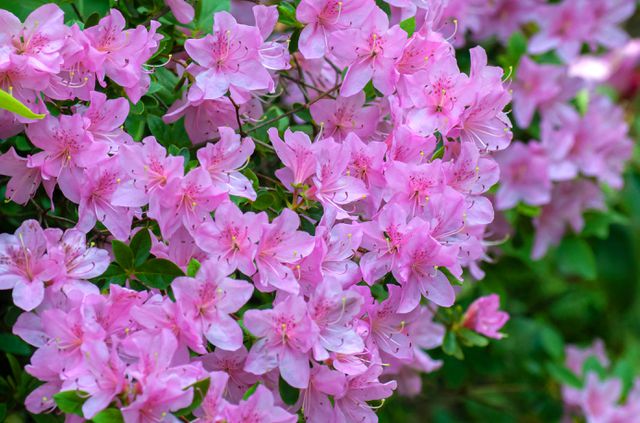
Although Epsom salt can be advantageous for numerous plant species, certain varieties do not fare well with it. Species such as azaleas, rhododendrons, and blueberries, which flourish in acidic soils, might struggle due to the magnesium present in Epsom salts. Additionally, succulents and cacti, adapted to arid environments, could develop root rot when subjected to increased dampness resulting from the use of these salts.
It's crucial to assess the requirements of your plants prior to applying Epsom salt to ensure they respond positively to it.
Frequently asked Questions
Is it possible to simply add Epsom salt directly onto plants?
Although you may scatter Epsom salt around the bottom of certain plants, it typically works better when dissolved in water and applied as a liquid for optimal uptake by the plant roots.
Is it possible for an excess of Epsom salts to harm plants?
Indeed, using excessive Epsom salt can negatively impact plants by disturbing the nutrient equilibrium in the soil and inducing toxicity, which may result in inhibited growth or foliage injury.
What can I use instead of Epsom salt for my plants?
Organic compost or fertilizers serve as excellent alternatives to Epsom salt for plant care. These options offer a well-rounded blend of essential elements without the danger of oversaturating the ground with magnesium or sulfur.
Read the initial article on The Spruce

Post a Comment for "Boost Plant Vibrancy: Discover the Magic of Epsom Salt for Healthier, More Colorful Blooms"